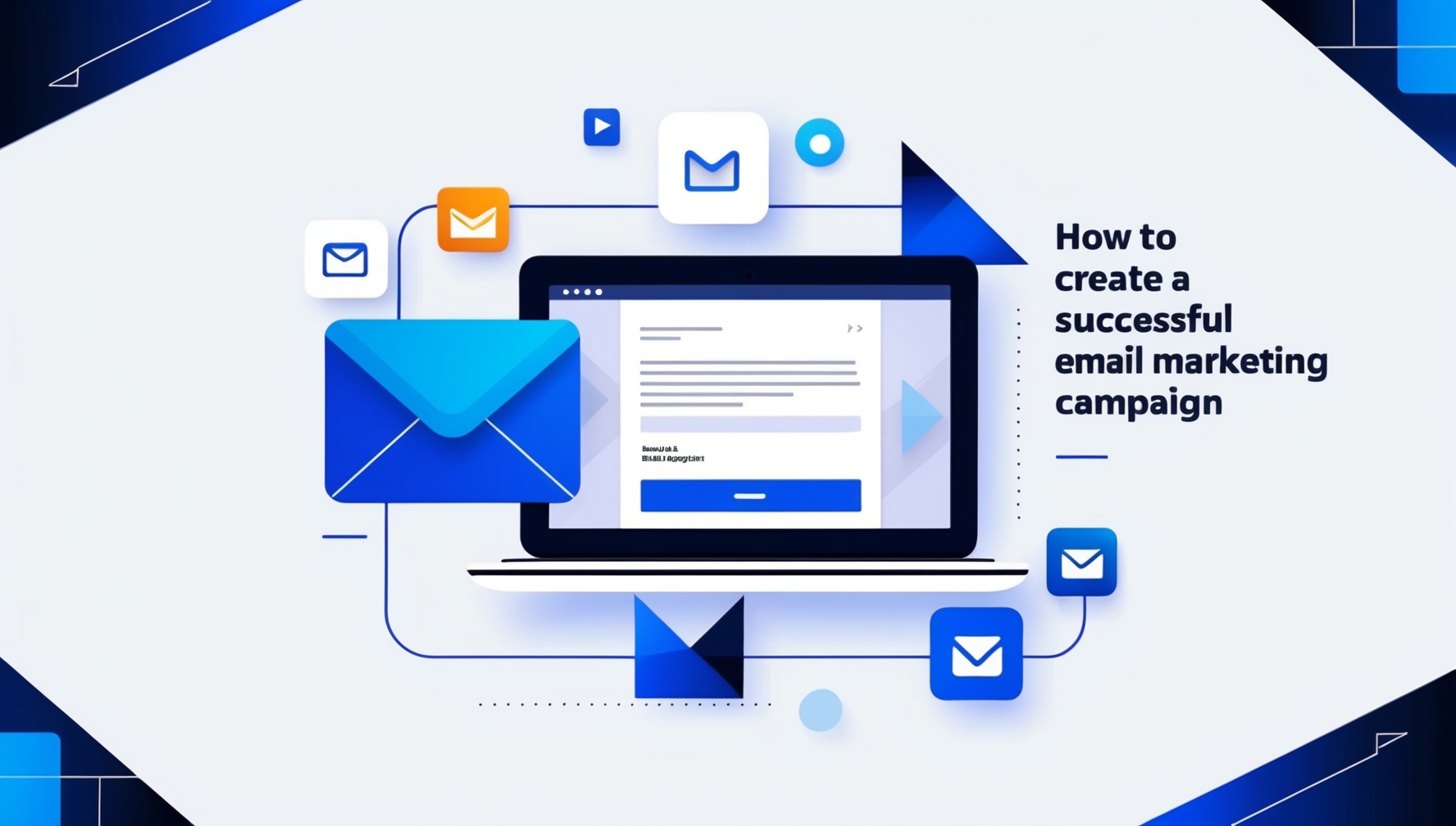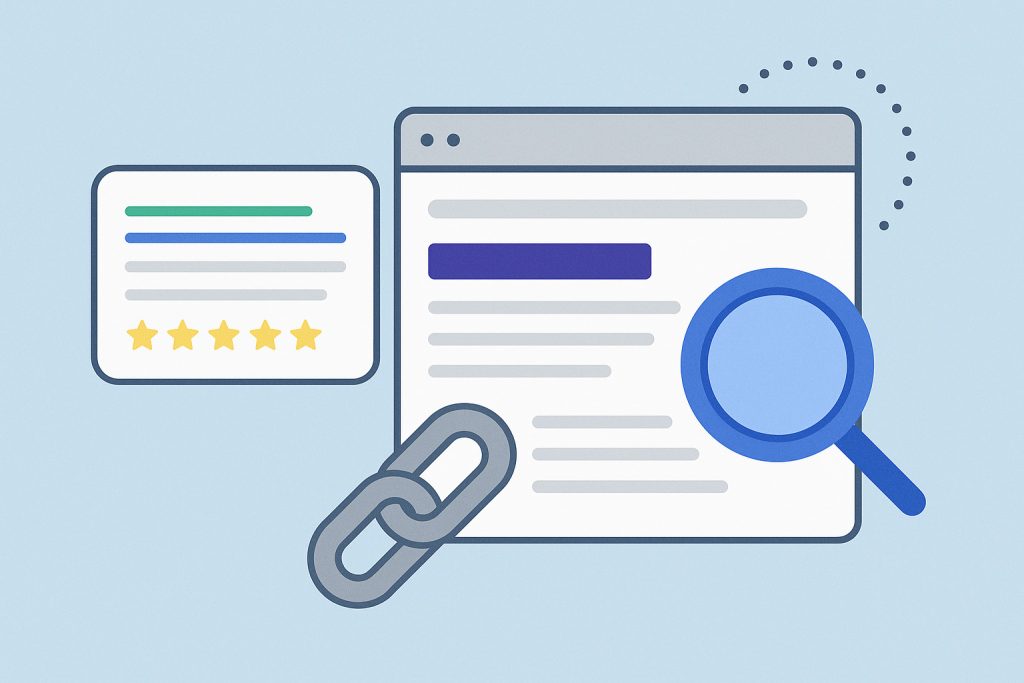Email marketing remains one of the most effective tools for engaging with customers, driving sales, and building brand loyalty. However, the success of an email marketing campaign depends on careful planning, strategic execution, and continuous optimization. Here’s a step-by-step guide to creating a successful email marketing campaign.
1. Define Your Goals
Before you begin crafting your email marketing campaign, it’s essential to define your goals. Knowing what you want to achieve will guide every decision you make, from the content to the design to the call-to-action (CTA).
- Increase website traffic
- Boost product sales
- Generate leads
- Promote a new product or service
- Build brand awareness
- Nurture customer relationships
2. Build and Segment Your Email List
A targeted email list is crucial for reaching the right audience. Start by building your email list using sign-up forms, lead magnets, and social media promotions. Once you have a list, segment it based on demographics, purchase history, or engagement levels to deliver more personalized content.
- Use sign-up forms on your website
- Offer incentives like discounts or free resources
- Segment your list by demographics, interests, or past behavior
3. Create Compelling Content
The content of your email should be engaging, informative, and aligned with your campaign goals, leveraging content marketing techniques to maximize impact. It should provide value to your audience, whether it’s through helpful tips, exclusive offers, or entertaining stories.
- Write a compelling subject line that encourages opens
- Focus on clear, concise messaging
- Include a strong CTA that directs readers to your goal
- Use visuals to enhance the content and keep readers engaged
4. Design a Professional-Looking Email
A well-designed email not only captures attention but also reinforces your brand’s image. Ensure your email design is clean, mobile-friendly, and consistent with your brand’s visual identity.
- Use a responsive design to ensure readability on all devices
- Include your logo and brand colors for consistency
- Break up text with images, buttons, and white space
- Ensure that all elements support the overall goal of the email
5. Personalize Your Emails
Personalization can significantly increase the effectiveness of your email marketing campaigns. By addressing your subscribers by name and tailoring the content to their interests, you can create a more engaging and relevant experience.
- Use the recipient’s name in the subject line and body of the email
- Tailor content based on the subscriber’s preferences or past behavior
- Send personalized product recommendations or offers
6. Schedule Your Emails Strategically
Timing is key when it comes to email marketing. Sending emails at the right time can increase open rates and engagement. Analyze your audience’s behavior to determine the best times to send your emails.
- Test different days and times to find the optimal sending schedule
- Consider time zones if your audience is spread across different regions
- Use email automation tools to schedule emails in advance
7. Test and Optimize
Before sending your email campaign to your entire list, test it to ensure everything is working correctly. A/B testing different elements, such as subject lines or CTAs, can also help you optimize future campaigns.
- Send test emails to check for any errors in content or design
- A/B test subject lines, email copy, images, and CTAs
- Monitor open rates, click-through rates, and conversions
8. Analyze and Refine Your Campaign
After your email campaign has been sent, it’s important to analyze its performance. Review key metrics such as open rates, click-through rates, and conversions to determine what worked and what didn’t. Use this data to refine your strategy for future campaigns.
- Analyze campaign metrics using your email marketing platform
- Identify areas for improvement based on performance data, including strategies to increase website traffic
- Continuously refine your strategy based on what resonates with your audience
Conclusion
Creating a successful email marketing campaign involves careful planning, targeted content, and continuous optimization. By defining clear goals, segmenting your audience, crafting compelling content, and analyzing your results, you can build campaigns that effectively engage your audience and drive meaningful results for your business.






